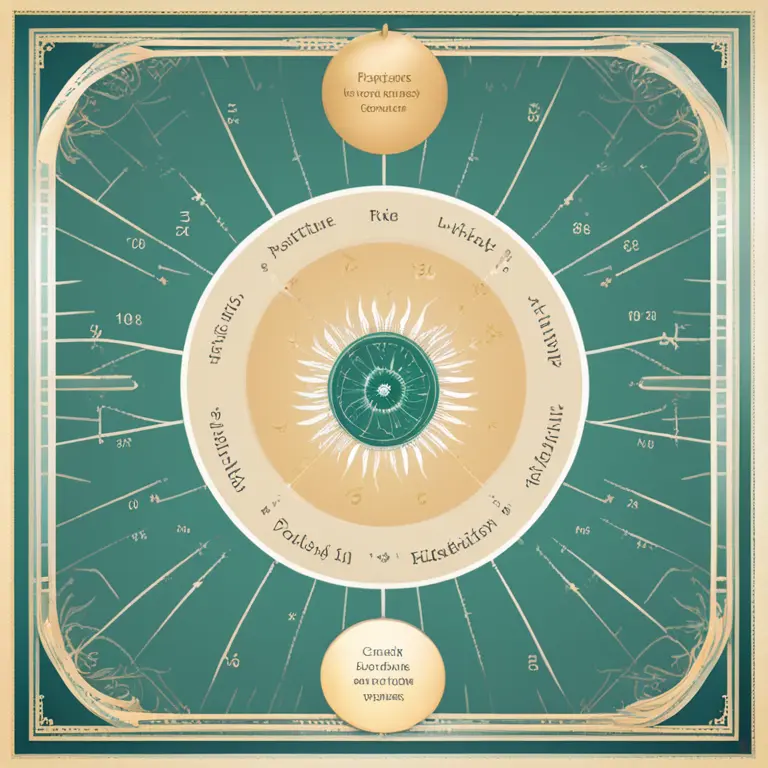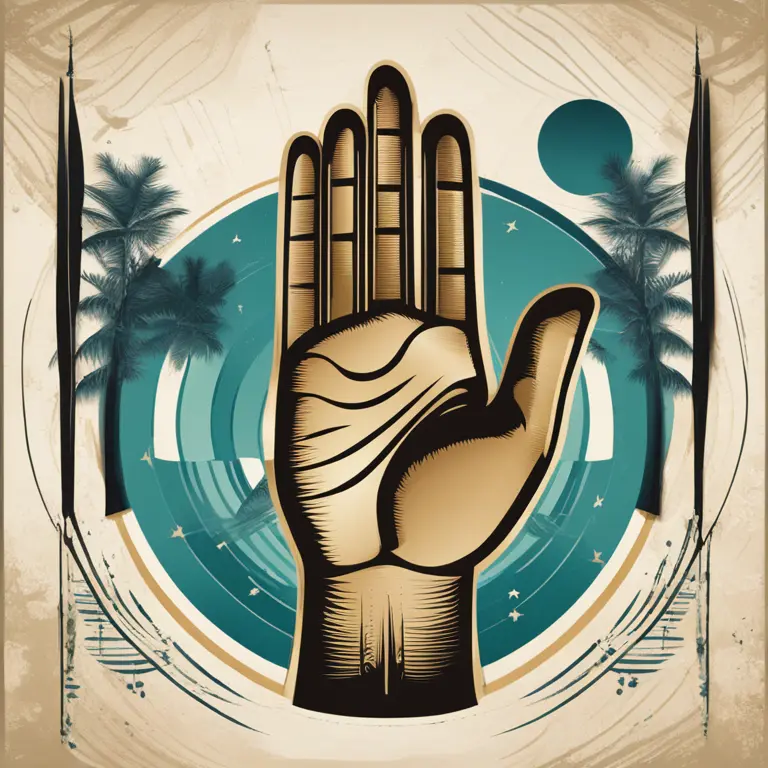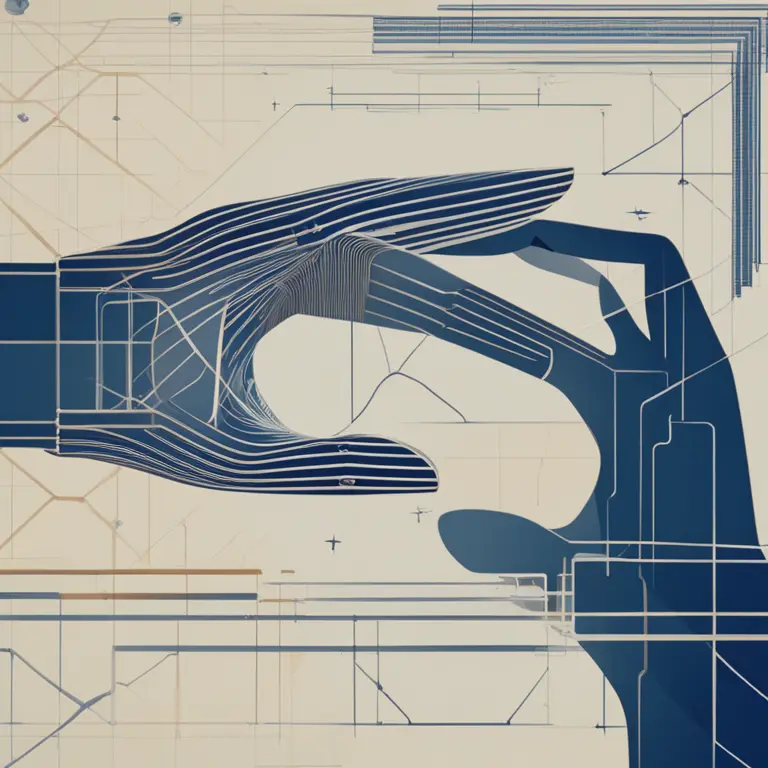
The Ideal Hand in Palmistry: Which to Read?
Discover which hand holds the key to your insights in palmistry. Learn the nuances of reading the dominant and non-dominant hands with our comprehensive guide.
article by Nora Pennington
Palmistry’s Guiding Principles
In the enigmatic world of palmistry, the hands are considered the mirror of our personality and potential. As a practice steeped in tradition, palmistry offers a fascinating glimpse into one's character, fate, and the ever-intriguing future. Choosing which hand to read in palmistry is not merely a matter of preference but a conscious decision based on time-honored guidelines. Understanding these principles is one's first step towards unlocking the nuanced wisdom etched in the lines and mounts of our hands. As we progress through the article, remember that palmistry is an interpretative art, allowing for a unique journey of discovery for each individual.

Which Hand to Read: Right or Left?
The most prevailing question in palmistry is undeniably "Which hand should be read?" The answer varies among cultures and palmists but converges on a simple yet intriguing concept, the distinction between the dominant (active) and non-dominant (passive) hands. Traditionally, the active hand represents life changes due to one's efforts and choices, essentially the current path and active struggles. In contrast, the passive hand is believed to symbolize inherited traits, potential, and the original life plan. In essence, the reading of both hands can provide a holistic understanding, juxtaposing one's innate predispositions with their life's achievements and alterations.

The Dominant Hand: A Dynamic Chronicle
For a meaningful analysis, palmists often start with the dominant hand, the one that the individual primarily uses for writing and carrying out tasks. This hand reflects the conscious mind, the outward personality, and the actions taken to alter or stay on the intended course of life. Changes in the lines of this hand can occur due to significant life experiences, decisions, and personal growth. As we are ever-changing beings, the dominant hand offers a snapshot of who we are at the present moment and can even hint at future prospects based on our current trajectories.

The Non-Dominant Hand: An Innate Blueprint
The non-dominant hand, or the one less used, is intriguing for it holds the secrets of a person's latent qualities, hidden talents, and unaltered life path. For those seeking insights into their pure, unshaped personality or destiny before it's touched by the outside world, this hand provides unfiltered clarity. It's akin to a raw draft of a manuscript, giving one the chance to see their original design and consider the 'what-ifs' that sleep beneath the surface of our evolved selves. Comparing the lines here with the dominant hand could also reveal how much one has deviated or stayed true to their predestined storyline.
Cultural Variations and Modern Viewpoints
In some Eastern traditions, the left hand is the focus for women, while the right is for men. However, modern palmists have largely transcended such gender-specific readings. The evolving practice of palmistry now embraces a more nuanced and personalized approach rather than adhering to stringent rules. The reader might take into account the subject's handedness, lifestyle, personal history, and even intuition when deciding the precedence of hands. Nevertheless, integrating information from both hands remains an unparalleled way to achieve a comprehensive reading.
Conclusion: The Integration of Dual Insights
In sum, palmistry's approach to which hand to read underscores a simple truth: we are the sum of our inborn qualities and the life choices we make. By examining both the dominant and non-dominant hands, we can weave together a narrative of our innate tendencies and learned behaviors. This duality unravels a richer, more detailed understanding of our nature and destiny. Whether you are a palmistry enthusiast or skeptic, the hands invite you to ponder the delicate interplay between fate and free will, between who we are and who we choose to become.
Published: 1/11/2024
Modified: 1/12/2024
More predictions
Come back here soon to learn more about yourself and your future


Can We Trust Palmistry?
Delving into the realm of palmistry, this article examines its credibility and place in contemporary spiritual practices.


The Essence of Palmistry: Interpreting Lines and Shapes
Delve into the world of palmistry to discover the meanings behind the lines and shapes etched into the palms of your hands.


The Ancient Art of Vedic Palmistry
Discover the ancient art of Vedic Palmistry and its practice in the modern era, revealing the secrets held within the lines of the hand.